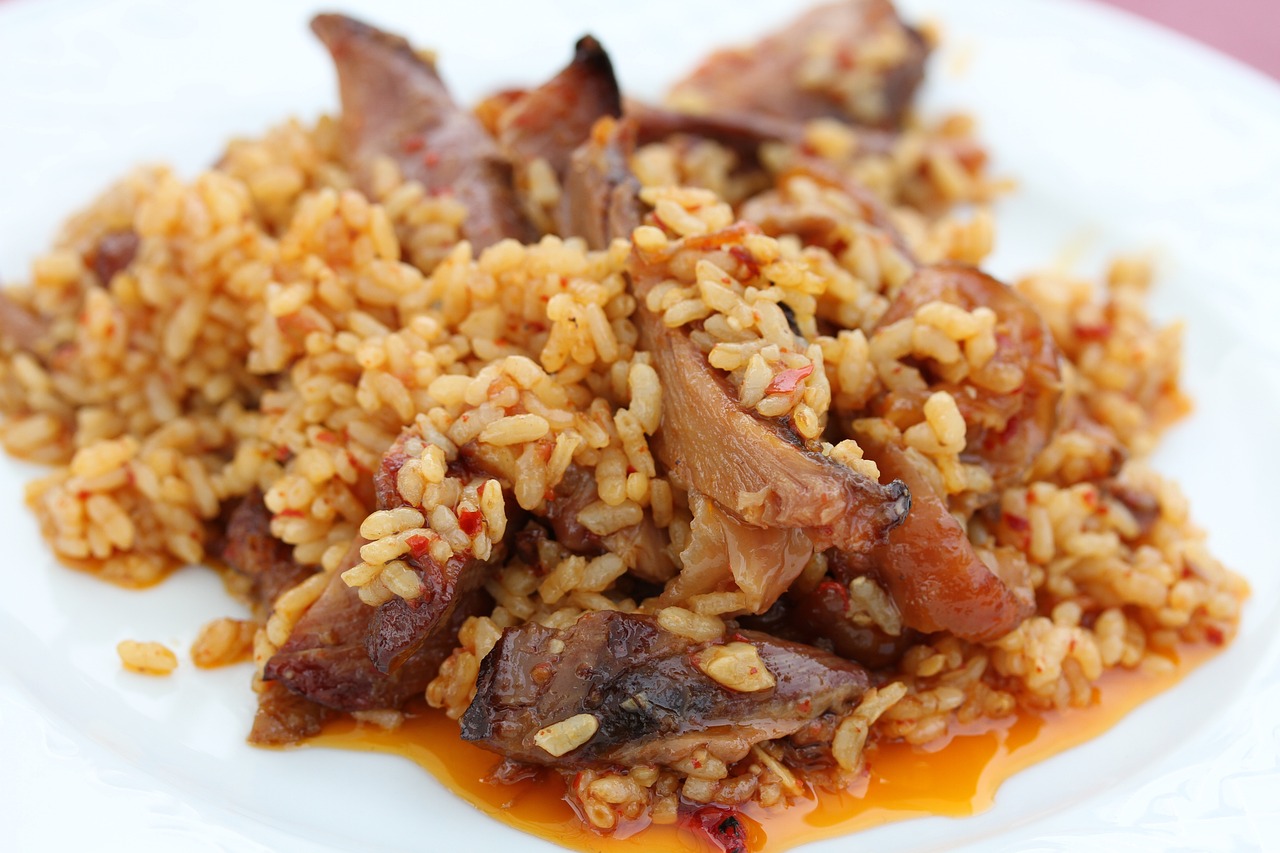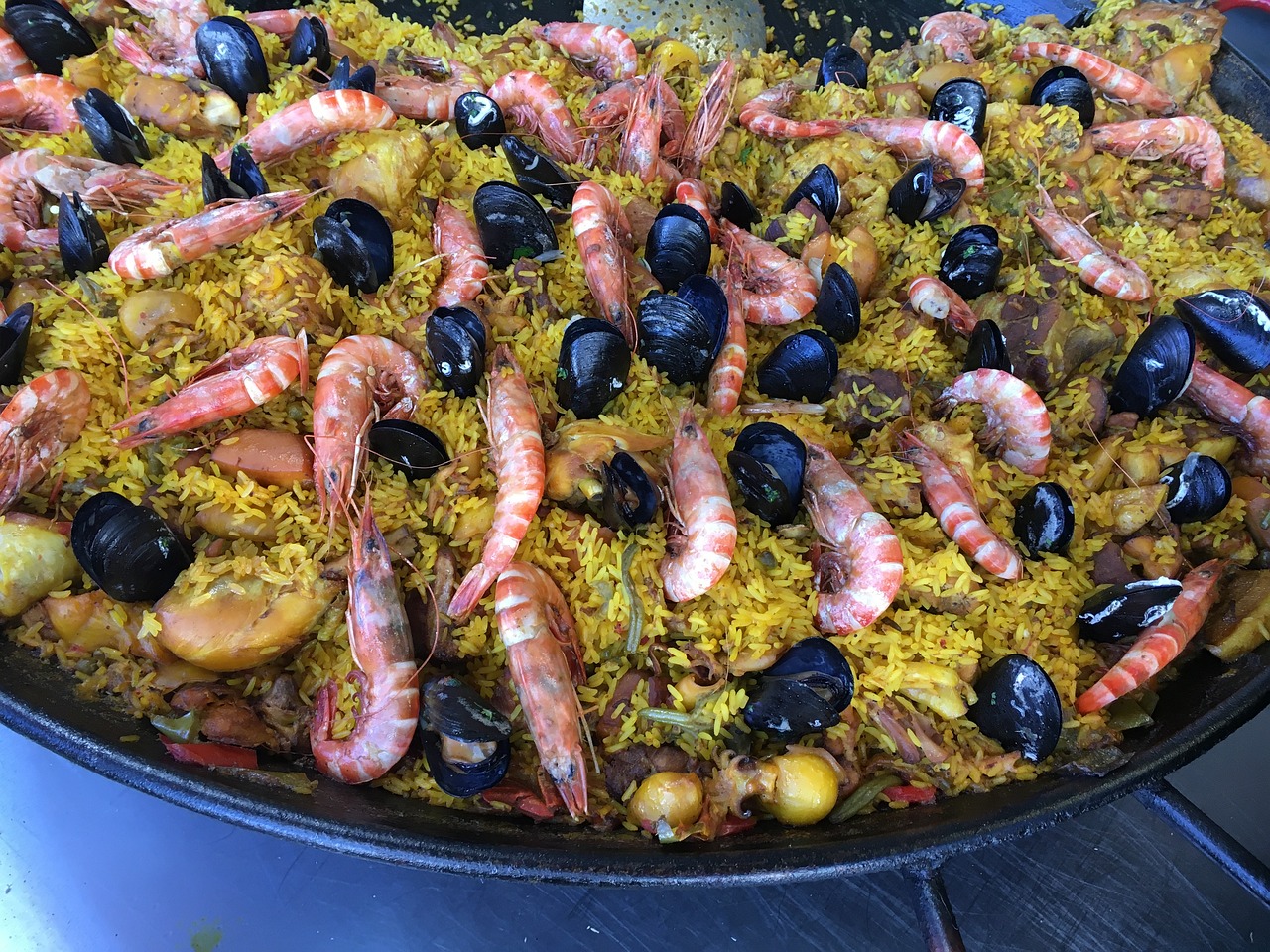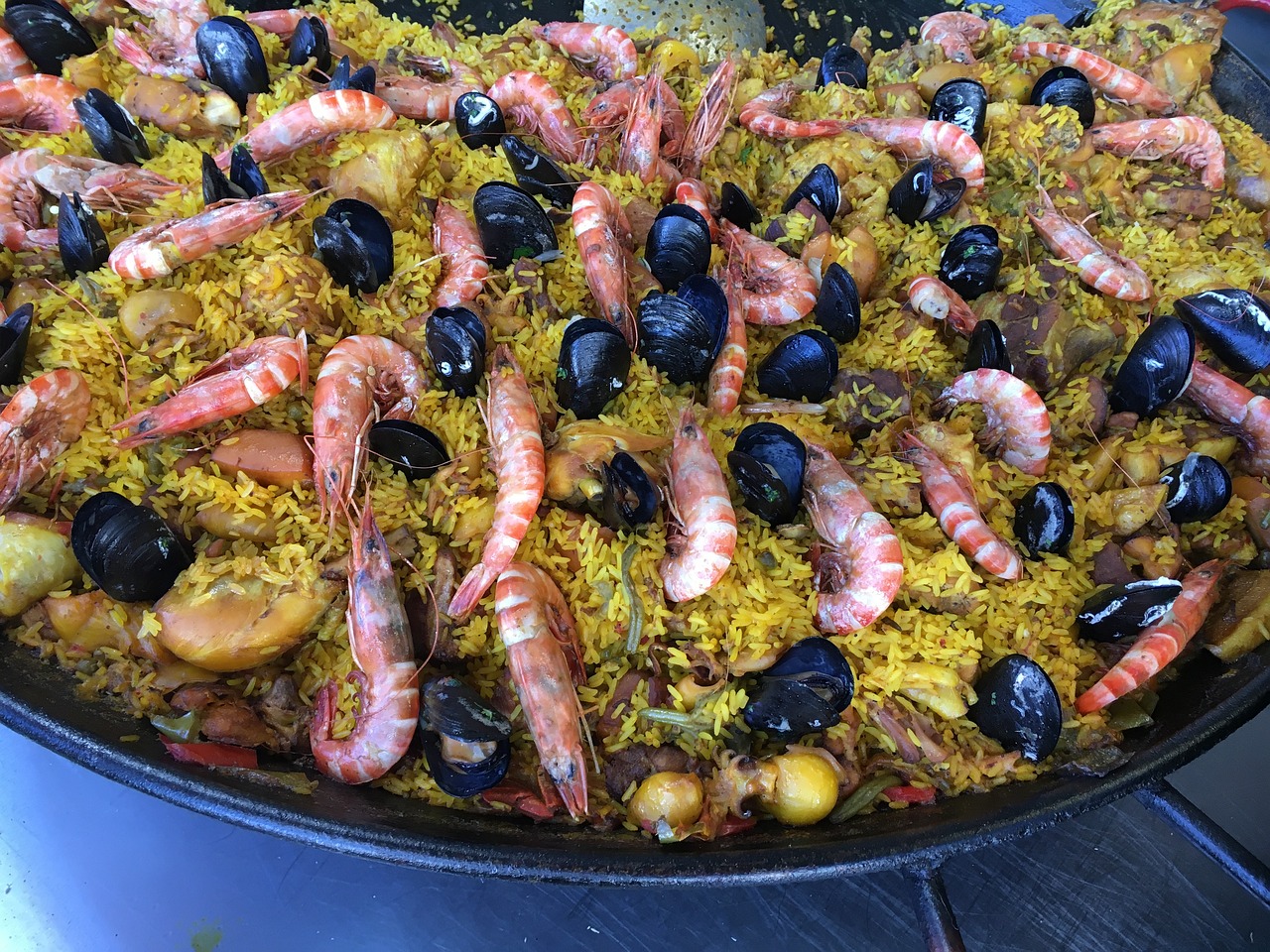Rabo de Toro: Spanish Braised Ox Tail

When it comes to traditional Spanish cuisine, one dish that stands out for its bold flavors and hearty nature is Rabo de Toro. This iconic braised ox tail stew has been a favorite among food enthusiasts for generations, known for its rich and tender meat cooked to perfection in a savory sauce that tantalizes the taste buds.
Imagine a dish that embodies the essence of Spanish culinary heritage, where each bite is a journey through centuries of tradition and culinary expertise. Rabo de Toro captures the essence of Spanish flavors, offering a gastronomic experience like no other.
As you delve into the world of Rabo de Toro, you'll discover a dish that goes beyond mere sustenance; it is a celebration of the art of cooking and a testament to the rich tapestry of Spanish gastronomy. The slow cooking process infuses the ox tail meat with a depth of flavor that is truly unparalleled, creating a dish that is both comforting and indulgent.
With each simmering pot of Rabo de Toro, a story unfolds—a story of tradition, passion, and culinary mastery. The dish embodies the spirit of Spanish culture, where food is not just sustenance but a way of life, a reflection of history, and a source of pride.
Prepare to embark on a culinary adventure like no other as you savor the robust flavors and tender textures of Rabo de Toro. Whether enjoyed on a cozy evening at home or savored in a bustling Spanish eatery, this dish promises to delight your senses and leave you craving for more.
History and Origin
When it comes to the history and origin of Rabo de Toro, we are delving into a rich tapestry of Spanish culinary heritage. Imagine a time when hearty stews were not just meals but a way of life, sustaining generations with their warmth and flavor. Rabo de Toro, with its roots firmly planted in traditional Spanish cooking practices, embodies this essence of comfort and tradition.
The origins of Rabo de Toro can be traced back to the Andalusian region of Spain, where it was a humble dish prepared by working-class families using simple ingredients like ox tail, vegetables, and a medley of spices. Over time, this rustic stew gained popularity and spread across the country, becoming a staple in Spanish cuisine.
Historically, Rabo de Toro was a dish born out of necessity, utilizing the less desirable cuts of meat to create a flavorful and satisfying meal. The slow braising method, a hallmark of this dish, was a practical way to tenderize the tough ox tail, turning it into a succulent delicacy that warmed the hearts and bellies of those who enjoyed it.
As the dish gained prominence, regional variations emerged, each reflecting the unique culinary traditions of different Spanish provinces. From the robust flavors of Andalusia to the delicate nuances of Catalonia, Rabo de Toro evolved into a dish that showcased the diverse gastronomic landscape of Spain.
Ingredients and Preparation
When it comes to preparing the traditional Spanish dish Rabo de Toro, the key lies in selecting the right ingredients and mastering the art of slow braising. Let's delve into the essential components and step-by-step process that make this hearty ox tail stew a culinary masterpiece.
Ingredients:
- Ox Tail: The star of the dish, ox tail provides rich and tender meat that melts in your mouth when cooked to perfection.
- Vegetables: Onions, carrots, celery, and garlic form the aromatic base of the stew, adding depth of flavor.
- Tomato Paste: A concentrated tomato flavor that enhances the savory profile of the dish.
- Red Wine: Adds a luxurious richness and complexity to the braising liquid.
- Broth: Beef broth or stock serves as the foundation for the stew, infusing it with savory goodness.
- Herbs and Spices: Bay leaves, thyme, rosemary, and paprika contribute to the robust flavor profile of Rabo de Toro.
- Flour: Used for dredging the ox tail before searing, helping to thicken the sauce as it cooks.
- Olive Oil: Essential for searing the ox tail and sautéing the vegetables, imparting a hint of Mediterranean flair.
Preparation:
The process of preparing Rabo de Toro involves several steps to ensure a flavorful and tender outcome. Here's a basic guide to getting started:
- Season the ox tail pieces with salt and pepper, then dredge them in flour.
- Heat olive oil in a large Dutch oven or heavy-bottomed pot over medium-high heat.
- Sear the ox tail pieces until browned on all sides, then remove and set aside.
- In the same pot, sauté the onions, carrots, celery, and garlic until softened and fragrant.
- Add tomato paste and cook for a few minutes to deepen the flavors.
- Return the ox tail to the pot, pour in red wine and broth, and add herbs and spices.
- Bring the liquid to a simmer, then cover and transfer to a preheated oven.
- Braise the ox tail for several hours until the meat is fork-tender and the sauce has thickened.
- Adjust seasoning if needed, then serve hot with your choice of garnishes and side dishes.
By patiently braising the ox tail with care and attention to detail, you can create a dish that captures the essence of Spanish culinary tradition in every bite. The tender meat, rich sauce, and aromatic vegetables combine to deliver a truly unforgettable dining experience.
Serving and Presentation
When it comes to serving and presenting Rabo de Toro, attention to detail can elevate the dining experience to a whole new level. The rich and hearty nature of this dish calls for a thoughtful approach to garnishes, side dishes, and wine pairings that will complement its robust flavors.
Here are some tips to enhance the serving and presentation of Rabo de Toro:
- Garnishes: A sprinkle of fresh herbs like parsley or cilantro can add a pop of color and freshness to the dish. You can also consider a drizzle of high-quality olive oil for an extra touch of flavor.
- Side Dishes: Traditional Spanish accompaniments like crusty bread, roasted potatoes, or a simple green salad can provide balance to the rich flavors of the ox tail stew. Consider serving with a side of sautéed vegetables for a complete meal.
- Wine Pairings: The bold flavors of Rabo de Toro pair beautifully with full-bodied red wines such as Tempranillo or Rioja. The tannins in the wine complement the richness of the dish, creating a harmonious combination for your taste buds.
Remember, presentation is key when serving Rabo de Toro. A well-arranged plate with attention to colors and textures can make the dish even more enticing. Whether you're hosting a formal dinner party or simply enjoying a cozy meal at home, taking the time to present Rabo de Toro thoughtfully will surely impress your guests and enhance the overall dining experience.
Variations and Modern Twists
When it comes to the classic Spanish dish Rabo de Toro, there is no shortage of creative interpretations and modern twists that chefs around the world have come up with to put a unique spin on this traditional recipe. From innovative cooking techniques to fusion influences, the variations of Rabo de Toro offer a delightful culinary adventure for those seeking to explore beyond the conventional. Let's dive into some exciting variations and modern twists that have reimagined this beloved Spanish delicacy:
- Asian Fusion: Some chefs have incorporated Asian flavors and ingredients into the traditional Rabo de Toro recipe, creating a fusion dish that combines the rich, hearty flavors of the ox tail stew with the aromatic spices and umami notes of Asian cuisine.
- Vegetarian Twist: For those looking for a plant-based alternative, there are vegetarian versions of Rabo de Toro that use hearty vegetables like mushrooms, eggplant, and potatoes to mimic the texture and depth of flavor found in the original meat-based dish.
- Spicy Kick: Adding a spicy twist to Rabo de Toro, some chefs incorporate chili peppers, paprika, or other fiery ingredients to elevate the heat level and give the dish a bold and zesty flavor profile that packs a punch.
- Deconstructed Presentation: A modern trend in culinary arts, deconstructed Rabo de Toro presents the components of the dish in a visually appealing manner, allowing diners to experience each element separately before combining them for a symphony of flavors.
- Global Influences: Drawing inspiration from cuisines around the world, chefs have put their own spin on Rabo de Toro by infusing it with flavors from diverse culinary traditions, resulting in a melting pot of tastes that reflect the interconnectedness of global gastronomy.
These variations and modern twists on Rabo de Toro showcase the versatility and adaptability of this traditional Spanish dish, proving that culinary creativity knows no bounds when it comes to reinventing a classic. Whether you prefer a traditional preparation or are eager to explore new flavor combinations, the world of Rabo de Toro offers a treasure trove of culinary delights waiting to be discovered.



 HazalVardal
HazalVardal 





